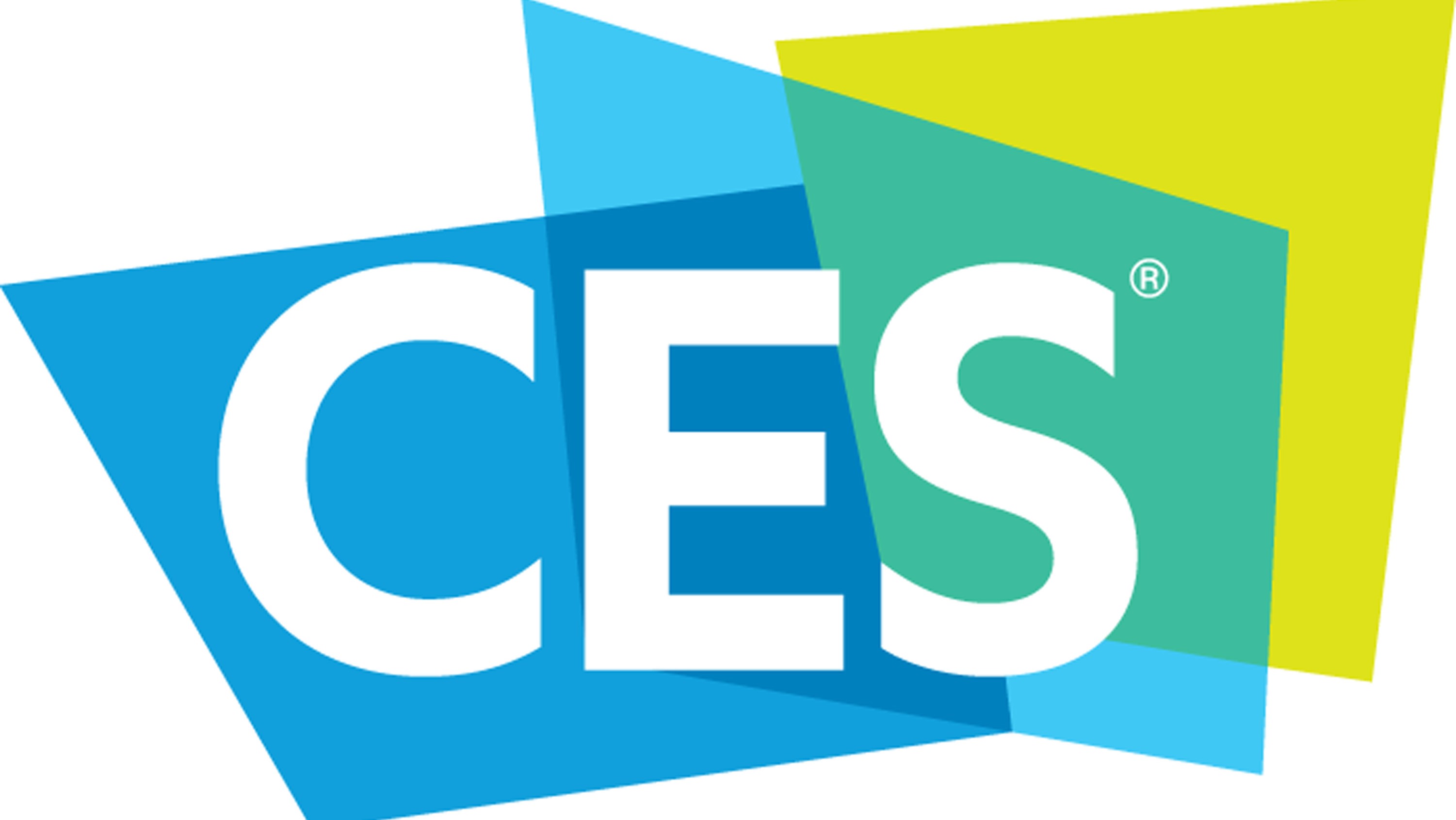SMPTE 3-D conference provides roadmap for 3-D landscape
At the recent engineering conference hosted by the Society of Motion Picture and Television Engineers (SMPTE) in New York City, a number of camera technologies for acquiring stereoscopic 3-D images, both established and future-forward, were presented to a highly attentive audience. For the engineers in attendance, eager to get a handle on the tidal wave of information now becoming available and to see innovation in its prototype phase, it provided a good look at the merging worldwide 3-D landscape and how science is helping to bring “comfortable” content to movie and TV screens around the world.
The international strength of the SMPTE membership was in full view; the conference brought presenters from Russia, France, Spain and the United States to weigh in on the first day of the two-day meeting.
In the area of image acquisition, the general consensus was that while the industry is currently struggling with large two-camera rigs that require lots of external processing, a single camera and single lens with internal dual signal processing was the preferred (although not yet practical) form factor for a high-quality device that can capture all types of 3-D shots.
The conference covered topics including interocular distance (the space between a 3-D camera system's lenses, which in many systems try to mimic the human head); avoiding fatigue and the adverse symptoms caused by viewing 3-D content; stereo image acquisition using a ring or semicircle of both still and video cameras in a connected array; 3-D Flash LIDAR camera technology (heretofore used in manufacturing and elsewhere) that acquires data (range and intensity) of every point and object in the camera's field of view without scanning; and a scientific study into humans' sensitivity to monocular occlusions and the implications for stereo 3-D content creation.
Panasonic gave a presentation on its new 3D-A1 camcorder, revealing that it made some compromises inside the camera (1/4in sensors and fixed lens distance) to make 3-D production easily accessible to a wider production community that might not have access to the expensive camera rigs (both beam-splitter and side-by-side versions) that have been used on most of the live 3-D broadcast produced thus far.
“The idea is to provide a camera for people with less experience to get there and make some mistakes and learn the process and techniques of making good 3-D content,” said Michael Bergeron, strategic technical liaison for Panasonic Broadcast. The camera can converge images internally, avoiding expensive, albeit higher-quality, alternatives.
Another company called Photon-X showed its new Photon-X technology used in military and homeland security applications, which uses a single camera and a modified focal plane array to record highly accurate 3-D geometry data in real time. The spatial phase imaging technology has been in the works for 10 years and produces high-resolution 3-D representations of live-action subjects on a uniform grid. The new focal plane system measures both the color and phase response of a scene. This allows it to be used in security applications to detect emotions in people's faces and display detail in extremely high quality.
The professional video industry's #1 source for news, trends and product and tech information. Sign up below.
“Using highly accurate date metrics, we can tell not only if you smiled, but if your smile was a genuine one or not,” said Blair Barbour, founder and president of Photon-X, “based on the how your facial muscles move.”
Later in the day, Paul Judkins, director, technical film projects and software architect with IMAX, explained how 2-D movies are made into 3-D. It was stated that the painstaking and time-intensive process costs about $50,000 to $100,00 per minute of film to convert. (“Superman Returns” in 2006 was its first 2-D-to-3-D film conversion project.) The company's' DMR technology was also discussed. The technology enhances a 35mm image for display in the 70mm format for large-screen display in specially equipped (two film or digital projectors side by side) IMAX theaters. The technology is also being considered for 3-D TV broadcasts to the home.
Several different speakers referred to 2010 as the “Gold Rush” year for 3-D content creation and distribution round the world. The challenge is making all of the current prospecting pay off.
